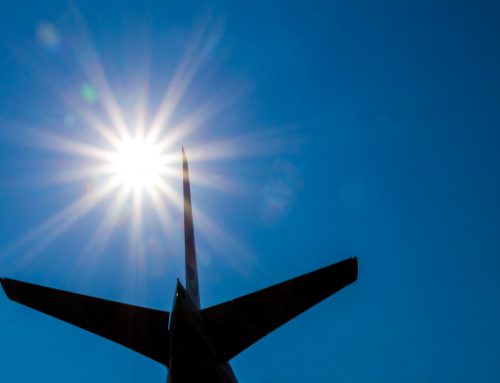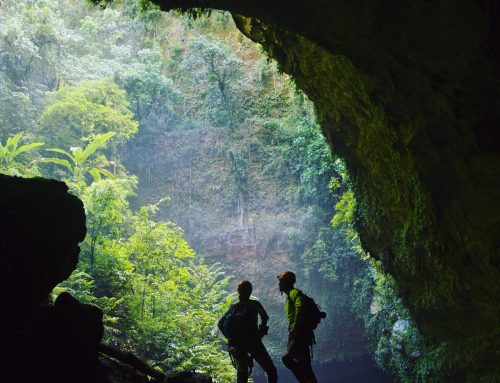A power plant is not a likely place to spend your vacation but every year, curious tourists make their way to Chernobyl for a look at where the world’s worst nuclear disaster took place.
It happened some 30 years ago. April 26, 1986.1:23 am. Reactor No. 4 exploded releasing nearly nine tons of radioactive material into the environment. That’s 90 times as much as the Hiroshima bomb. It contaminated the air, soil and water in parts of Ukraine, Belarus, Poland and Russia. There are disputes surrounding the number of deaths this accident caused, but the World Health Organization reports that fewer than 50 deaths were directly attributed to that day. They predict some 4000 people could eventually die of radiation exposure released in the melt down, while Greenpeace says the fatalities will be closer to 93,000. Scientists continue to study the after effects of such exposure. As the anniversary date of the disaster in Chernobyl approaches, I look back at my misadventures there…
Today, many people still live in contaminated areas but short-term, these zones are apparently safe enough for tourists to visit. (I’m not entirely convinced, but we’ll know for sure if I start glowing green.) There are several Kiev-based tour agencies that offer all-inclusive day trips to Chernobyl. A few years ago…I went to check it out.
My trip to Chernobyl began with a 75 mile drive from Kiev, to an area near the reactor called the exclusion zone. I presented my passport at a series of checkpoints, got a safety briefing, signed a waiver and drove through the deserted area. Despite high levels of radiation, everything appeared normal. Grass looked healthy green, trees were full and leafy, bees were pollinating. Nature has been resilient.
I hopped out of the van and stood in front of the infamous reactor. It was incredible how close I could get, considering there’s still radioactive sludge brewing inside.
My Geiger counter was reading off the charts near patches of moss on the ground. Since the moss is soaked with radiation, tourists are warned against touching or standing on any clumps. No eating, drinking or smoking either (although the tour group did end up drinking Vodka with the guide who claimed it would protect against radiation poisoning…doubtful.)
Next was a visit to Pripyat, a town a few miles away from the reactor, where some 50,000 people were speedily evacuated.
Walking around this abandoned city, I felt as if I was the last woman on earth. It was post-apocalyptic. Wilderness had taken over, dominating cement structures, causing them to crumble and crack like Roman ruins. Windows were broken by birds, weeds pushed through floor boards and branches overtook ex-apartments.
Rusted cribs and burnt dolls were scattered around a former preschool. With school books strewn around the room and black boards still fresh with chalky arithmetic, the scene was a time capsule of Soviet life.
An amusement park, set to open the day after the nuclear explosion, was just a graveyard of rusting bumper cars and a lone Ferris Wheel.
Scientists say that the area around the plant will not be safe for human habitation for up to 900 years. The scariest part of the tour was learning a little known fact shared by the guide. The “sarcophagus,” a temporary concrete-and-steel shell built to contain Reactor No. 4’s radioactive spew, is leaking. Our guide warned, that if the proper measurements aren’t taken in the next few years to rebuild this deteriorating shelter, there’s a real risk of a more severe Chernobyl-type disaster happening again. The government of Ukraine is currently trying to raise funds of a new building that will cover the aging sarcophagus.


















